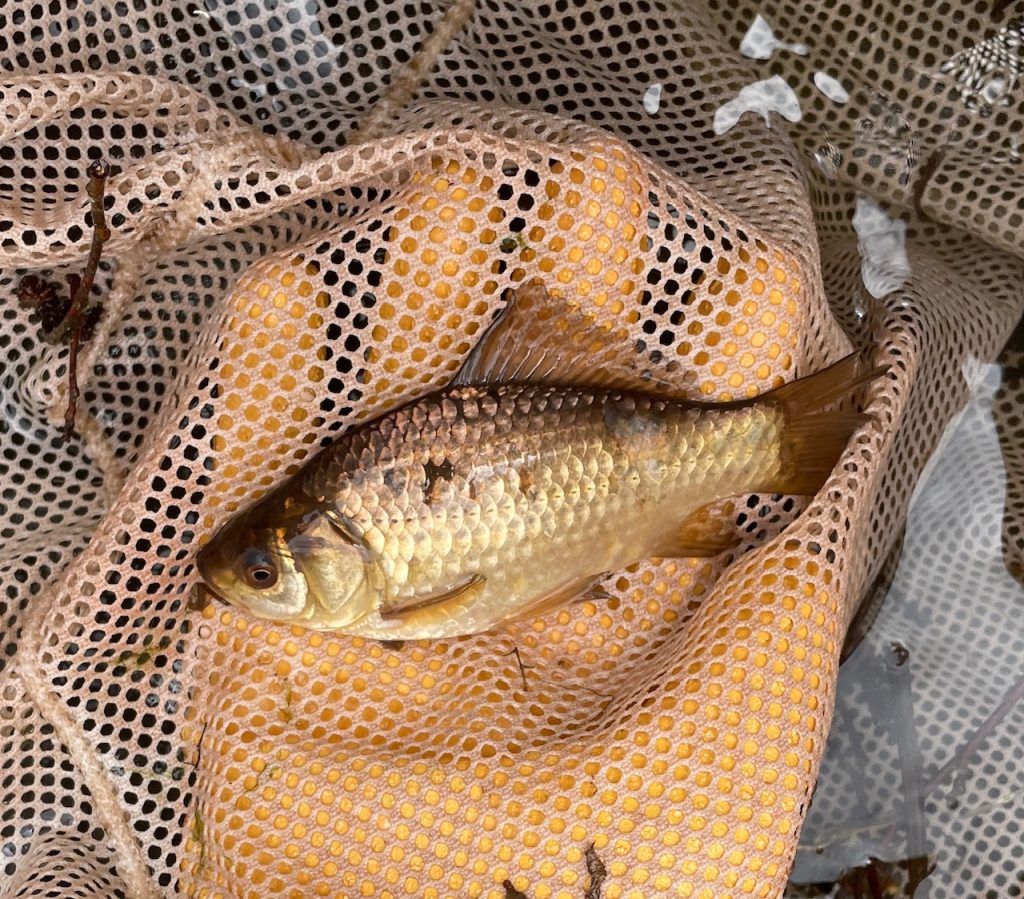Don’t Let it Loose
Background
Aquatic invasive species can easily be introduced and spread through the release of pets and improper disposals of aquarium contents into the wild. When released into our waterways, pets and plants can have devastating impacts on the environment and local ecosystems where they may become established. Aquatic invasive species can outcompete and displace native species, impacting ecosystem health, and impact the economic and recreational value of our natural areas.
What are Aquatic Invasive Species?
Aquatic invasive species are non-native organisms that are introduced outside of their native range and pose serious threats to our local ecosystems, economy, and social well-being. They compete with native species for food, habitat, and other resources. This can lead to a decline in populations of native species, introduce diseases, and alter water chemistry. These disruptions can result in a loss of biodiversity which harms both the environment and the industries that rely on healthy aquatic ecosystems such as fishing and tourism. They may also negatively impact the recreational activities we enjoy such as boating, angling, and swimming.
For example, invasive plants like Eurasian watermilfoil can choke out native vegetation, alter fish habitat, and reduce levels of dissolved oxygen. Zebra mussels can clog water intake pipes, damage infrastructure, and alter the natural balance of an ecosystem. Invasive fish, such as goldfish may compete with our native fish species for food and habitat. Aquatic invasive species may also carry diseases or parasites, such as whirling disease, that can further harm native aquatic organisms.
Aquatic invasive species are often introduced through human activity. Preventing the spread of AIS is essential to protecting the health of PEI’s waters. Following the principles of ‘Don’t Let it Loose’ helps reduce the risk of introducing invasive species to new locations, thereby safeguarding the island’s aquatic environments for future generations.


What You Can Do
Please consider the following steps to help prevent the spread of aquatic invasive species:
- Never release plants or animals into the wild.
- To dispose of aquatic plants, dry out the vegetation before placing them in a clear garbage bag. Dispose in the black bin.
- Surrender your pet: Instead of releasing a pet, contact the PEI Humane Society to book an appointment to ethically surrender your pet. Visit https://peihumanesociety.com/rehome/ for more information.
- Report aquatic invasive species on iNaturalist or by email to aquatics@peiinvasives.org
Live Bait
Never release live bait into a waterway. Dumping live bait into the water can result in the introduction of aquatic invasive species or harmful diseases and pathogens to our native fish species. When buying and using live bait, please consider the following:
- Never dump live bait.
- Always follow the regulations surrounding live bait.
- After use, dispose of bait on land, at least 30 metres away from the closest water body.
- To mitigate the spread of aquatic invasive species, opt for artificial lures instead of live bait.
Live Food Release
Do not intentionally release live fish or shellfish into waterways as an act of compassion. Released species may become invasive and displace native species by outcompeting them for food sources and habitat. The released species may also have the potential to spread diseases and parasites to native fish and shellfish.
For More Information
Acknowledgements
This webpage was developed with the financial support of the Department of Fisheries and Oceans Canada through the Aquatic Invasive Species Prevention Fund.